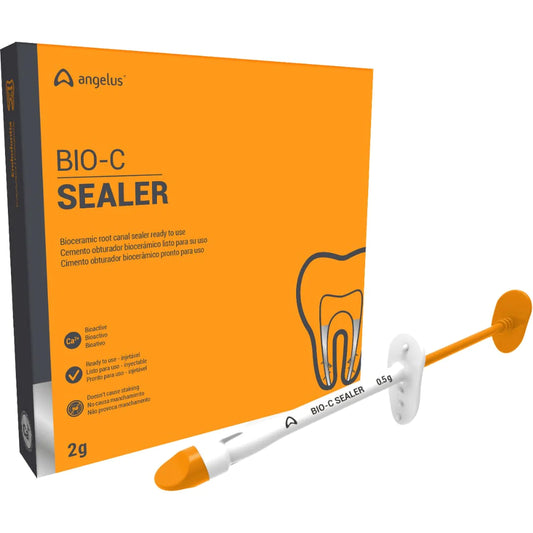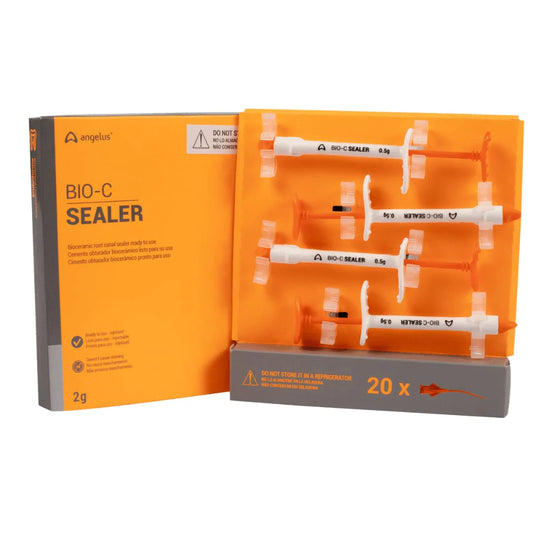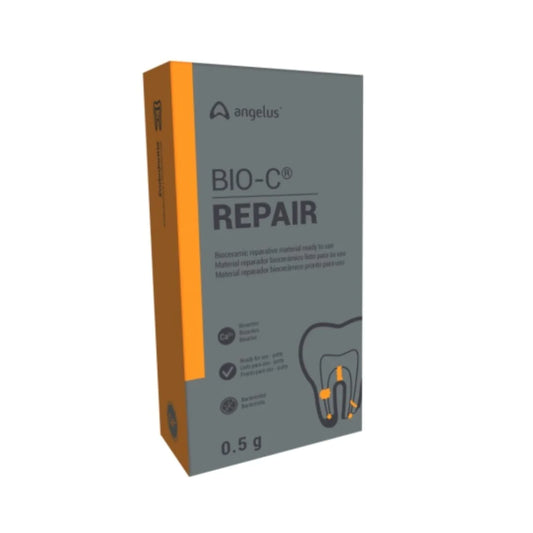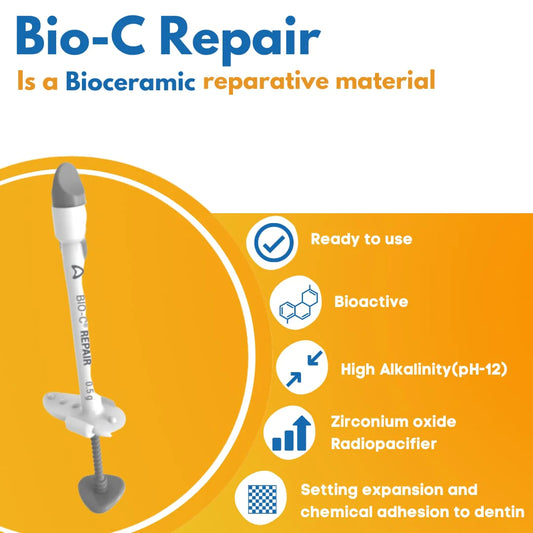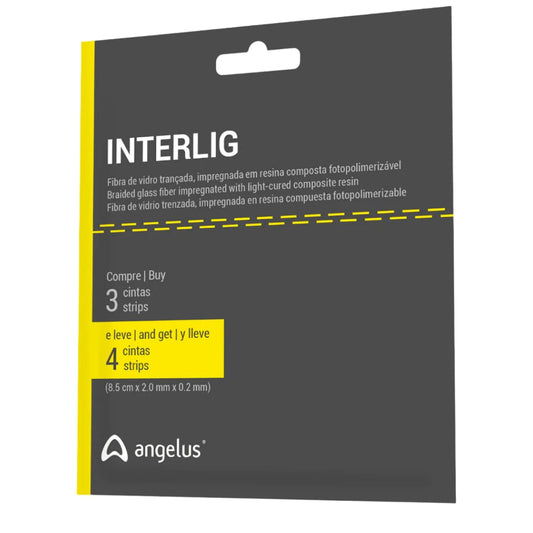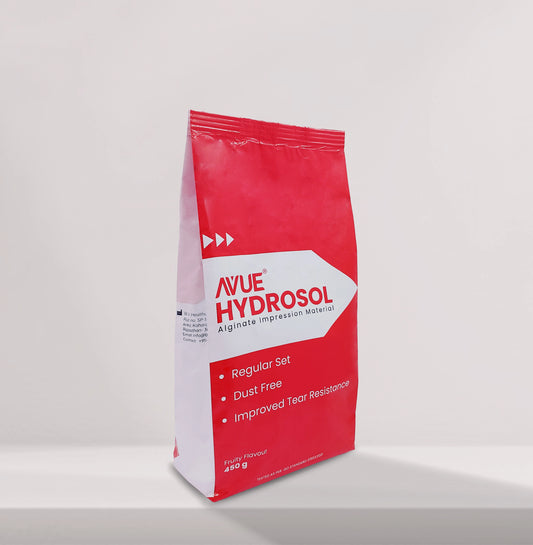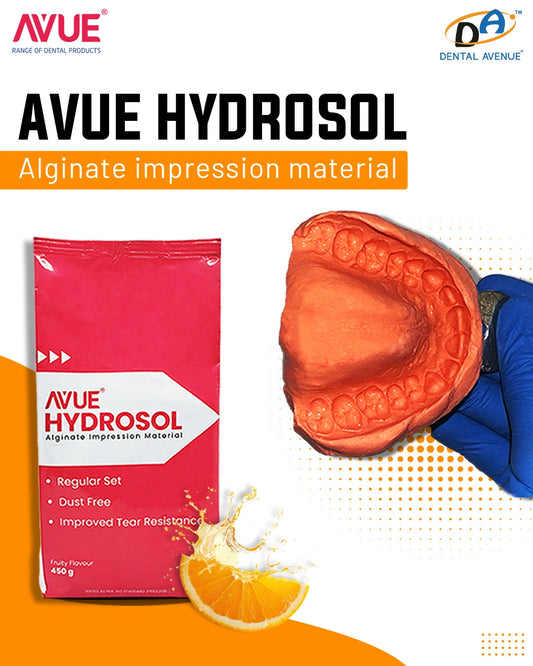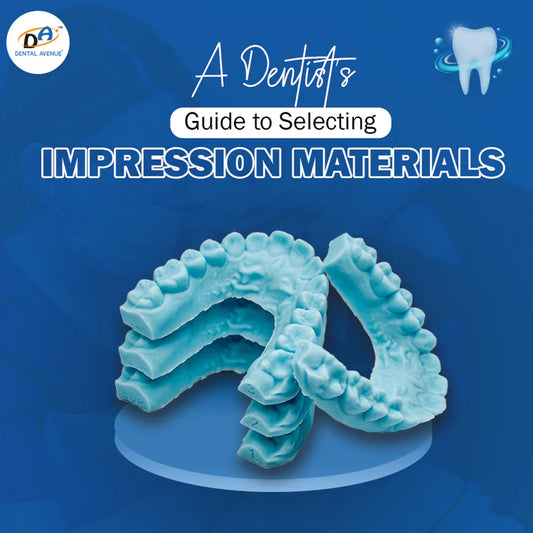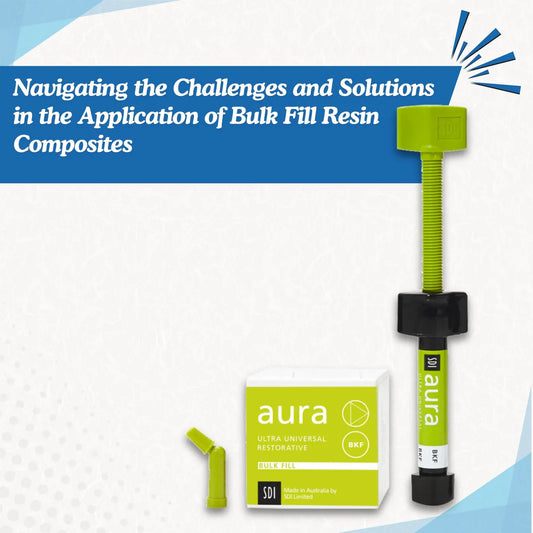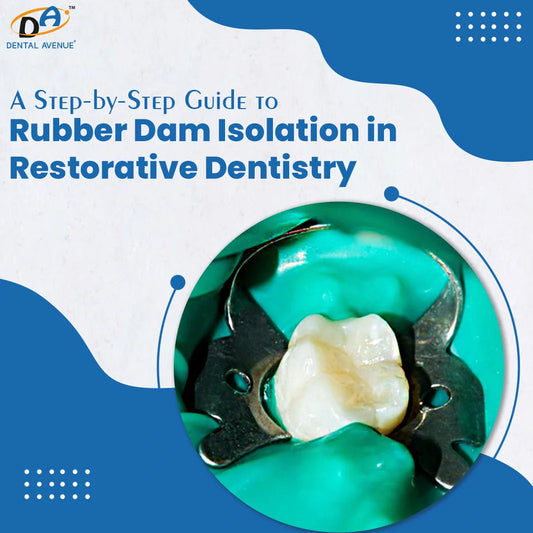Hybrid composites in dentistry were developed to modify the traditional composites and are materials having one type of reinforcing material which is incorporated into two polymer matrix mixtures. It is a versatile dental material that combines the benefits of resin and glass filler particles, offering excellent strength, durability, and aesthetics. It is widely used in restorative dentistry for direct and indirect restorations, including fillings, inlays, onlays, and veneers. The material's unique composition allows for easy handling, precise placement, and optimal adaptation to tooth structures. With its ability to closely mimic natural tooth appearance and properties, hybrid composite in dentistry provides durable and esthetically pleasing results. It is a preferred choice for restoring teeth while preserving their function and esthetics for long-term dental health.
Classification of hybrid composite
Advantages of Hybrid Composites in Dental Treatments:
There are several advantages, and a few of them include the following:
Versatility
Hybrid composites in dentistry offer versatility in dental procedures, suitable for both anterior and posterior restorations.
Esthetics
These composites provide excellent color-matching capabilities, mimicking natural tooth shades for seamless blending.
Strength and Durability
Hybrid composites in dentistry exhibit good mechanical properties, including high compressive and flexural strength, ensuring long-lasting restorations.
Wear Resistance
They are resistant to wear and abrasion, making them suitable for areas with high occlusal forces.
Easy Handling
Hybrid composites are easy to handle and manipulate, allowing for precise placement and shaping during restorative procedures.
Minimally Invasive
Due to their adhesive properties, hybrid composites in dentistry enable minimally invasive preparations, preserving a more natural tooth structure.
Balanced properties
Hybrid composites in dentistry have balanced stiffness, strength, bending, and membrane mechanical properties.
Improved fatigue resistance
Hybrid composites can have improved fatigue resistance. Improved fatigue resistance refers to the ability of hybrid composites to withstand repeated stress and strain over time without experiencing structural failure. This property is crucial in dental restorations, especially in areas of the mouth that are subject to constant chewing and biting forces. Hybrid composites achieve improved fatigue resistance due to their unique composition, which combines resin matrix with reinforced filler particles such as glass or ceramic.
Key Factors in Choosing Hybrid Composites
Choosing Hybrid composite resin for dental fillings involves considering several key factors to ensure optimal clinical outcomes, meet patient needs, and leverage the desirable properties of the material.
Cavity Size and Location:
Hybrid composites are versatile and can be used in both anterior and posterior restorations. Consider the size and location of the cavity to determine if a hybrid composite is suitable. For larger cavities or areas with high occlusal forces, a hybrid composite with enhanced strength may be preferred.
Esthetic Demands:
Assess the esthetic requirements of the restoration. Hybrid composites offer excellent color stability and can closely match natural tooth shades, making them ideal for anterior restorations where esthetics are crucial.
Allergies or Sensitivities:
Consider any allergies or sensitivities the patient may have to composite materials. Choose a hybrid composite with biocompatible properties to minimize the risk of adverse reactions.
Strength and Wear Resistance:
Assess the mechanical properties of the hybrid composite, such as compressive strength, flexural strength, and wear resistance. Select a material with sufficient strength to withstand occlusal forces and resist wear over time.
Handling Characteristics:
Evaluate the handling characteristics of the hybrid composite, including ease of placement, sculptability, and adaptability to cavity walls. Choose a material that offers good handling properties for precise restorations.
Polishability and Esthetics:
Consider the material's ability to polish to a high shine and maintain esthetic properties over time. Hybrid composites with excellent polishability and color stability ensure long-lasting esthetic outcomes.
Radiopacity:
For posterior restorations, ensure the hybrid composite has adequate radiopacity for easy detection on dental radiographs.
Step-by-Step Application Process
Tooth preparation
⬇️
Isolation of the working area
⬇️
Bonding Procedure (Etching, rinsing, and bonding agent Application)
⬇️
Composite Placement(Incremental Layering: Begin placing the hybrid composite material in incremental layers, starting with the dentin shade to build up the core structure of the restoration)
⬇️
Shaping and Sculpting
⬇️
Curing:
⬇️
Finishing and Polishing

Advanced techniques for shaping, polishing, and finishing
In dental restorations, the shaping process of hybrid composite resin plays a crucial role in achieving natural-looking and functional results. One effective technique is the layering technique, where an opaque dentin layer is initially applied for opacity, followed by translucent enamel layers to create a lifelike appearance with natural contours and transitions. Anatomic forming instruments are also utilized to shape composite materials accurately, mimicking natural tooth anatomy while customizing the restoration based on the patient's dentition, occlusion, and esthetic preferences.
Moving on to polishing, microfilled polishers with fine grits are used to achieve a smooth surface and high shine without compromising the composite's integrity. Advanced polishing can be achieved using diamond paste polishing systems for a mirror-like finish, enhancing the restoration's esthetics. It's crucial to use composite-specific polishing systems to prevent surface damage or roughness.
During the finishing stage, composite finishing burs with precise shapes refine margins, contour the restoration, and create natural surface textures. Rubber dam isolation is employed to enhance visibility and prevent contamination, ensuring precise finishing. Following a sequential finishing protocol from gross reduction to detailed polishing using various burs and polishers is essential for achieving a polished and smooth surface.
Surface enhancement involves applying surface sealants or protective coatings to enhance longevity and resistance against staining, wear, and discoloration. Gloss enhancers or finishing pastes further enhance the shine and luster of the restoration, creating a natural and aesthetic appearance post-polishing. These techniques and steps collectively contribute to achieving optimal shaping, polishing, finishing, and surface enhancement in dental composite restorations.
How to achieve the best color match and surface texture?
To achieve the best color match and surface texture in hybrid composite resin meticulous shade selection using a shade guide is crucial. Layering techniques with opaque dentin and translucent enamel layers help create natural color gradients. Specialized polishing systems and instruments are then used to achieve a smooth surface texture that mimics natural teeth.
Conclusion
In conclusion, dentists can achieve superior results with hybrid composite resin by implementing proper techniques such as layering, utilizing specialized instruments, and emphasizing customization. Continuing education and integrating advanced polishing methods are essential for delivering optimal outcomes in restorative dentistry.
Frequently Asked Questions
Q1- What makes hybrid composites different from microfill and nanofill composites?
Hybrid composites differ from microfill and nanofill composites in particle size, fillers, mechanical properties, abrasive wear, strength, and clinical performance. Nanofill composites have smaller particles, while microhybrids have higher strength and opacity but lower abrasive wear than nanocomposites. Clinical performance is comparable between nanocomposites and hybrids.
Q2- How can dentists choose the right hybrid composite for a specific procedure?
Dentists can choose the right hybrid composite by considering factors like clinical application, shade matching, strength, handling characteristics, radiopacity, manufacturer reputation, cost, and availability. This ensures optimal results, durability, esthetics, and patient satisfaction in various dental procedures.
Q3- What are some common mistakes to avoid when working with hybrid composites?
Common mistakes when working with hybrid composites include inadequate shade matching, improper handling leading to compromised bond strength, overloading resulting in bulkiness, inadequate isolation causing contamination, skipping finishing and polishing steps, ignoring manufacturer instructions, and neglecting patient education on maintenance

